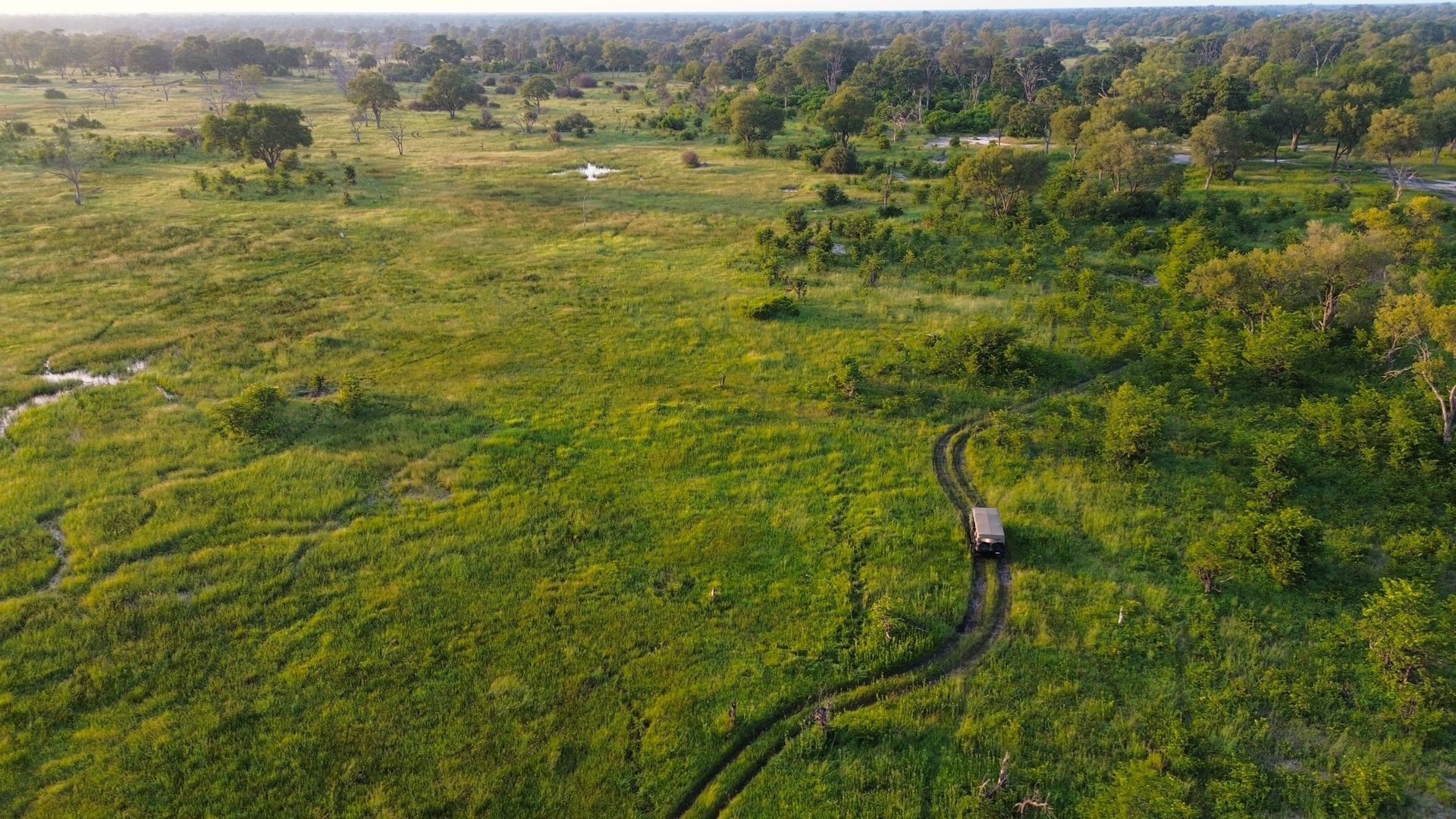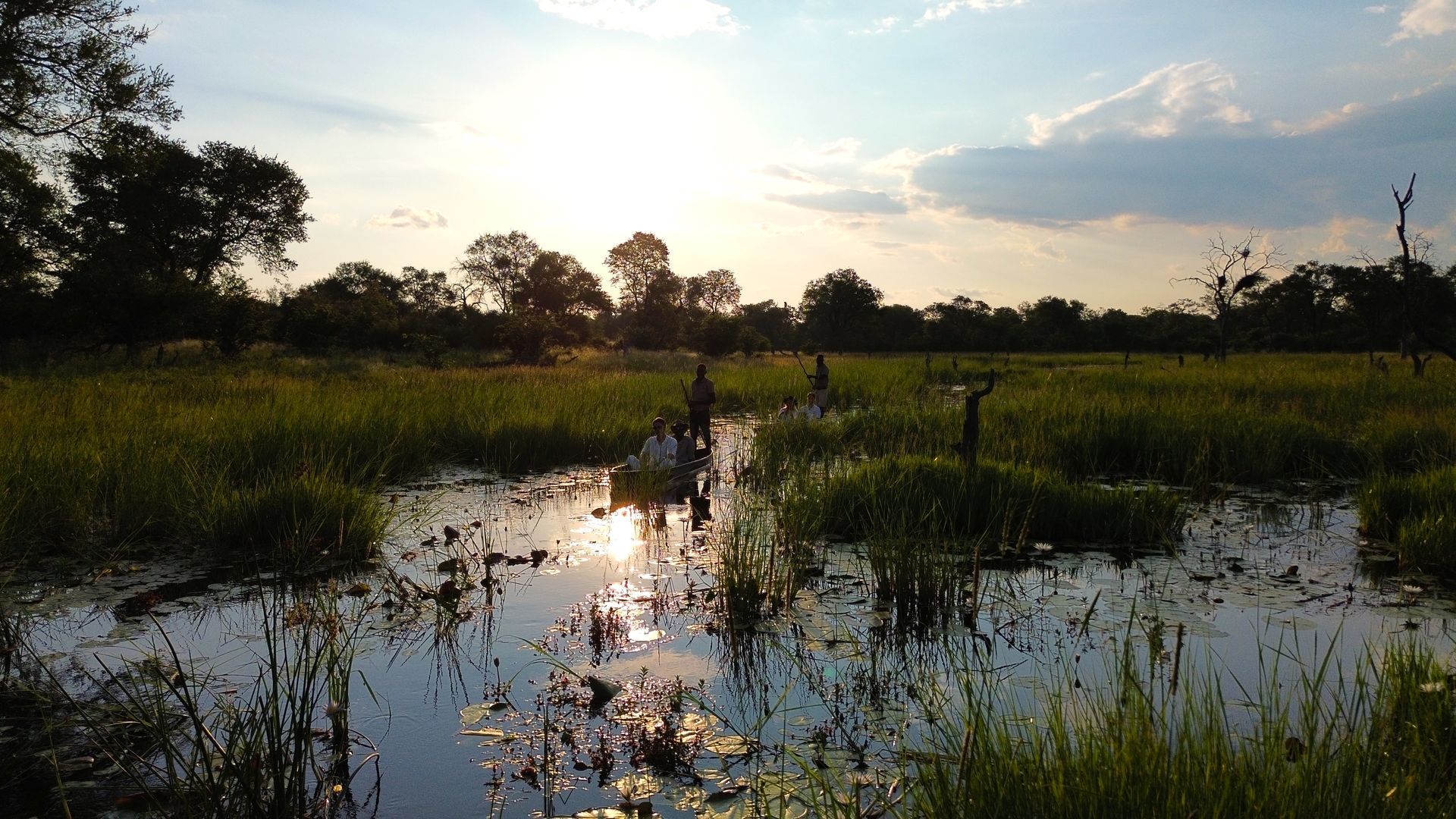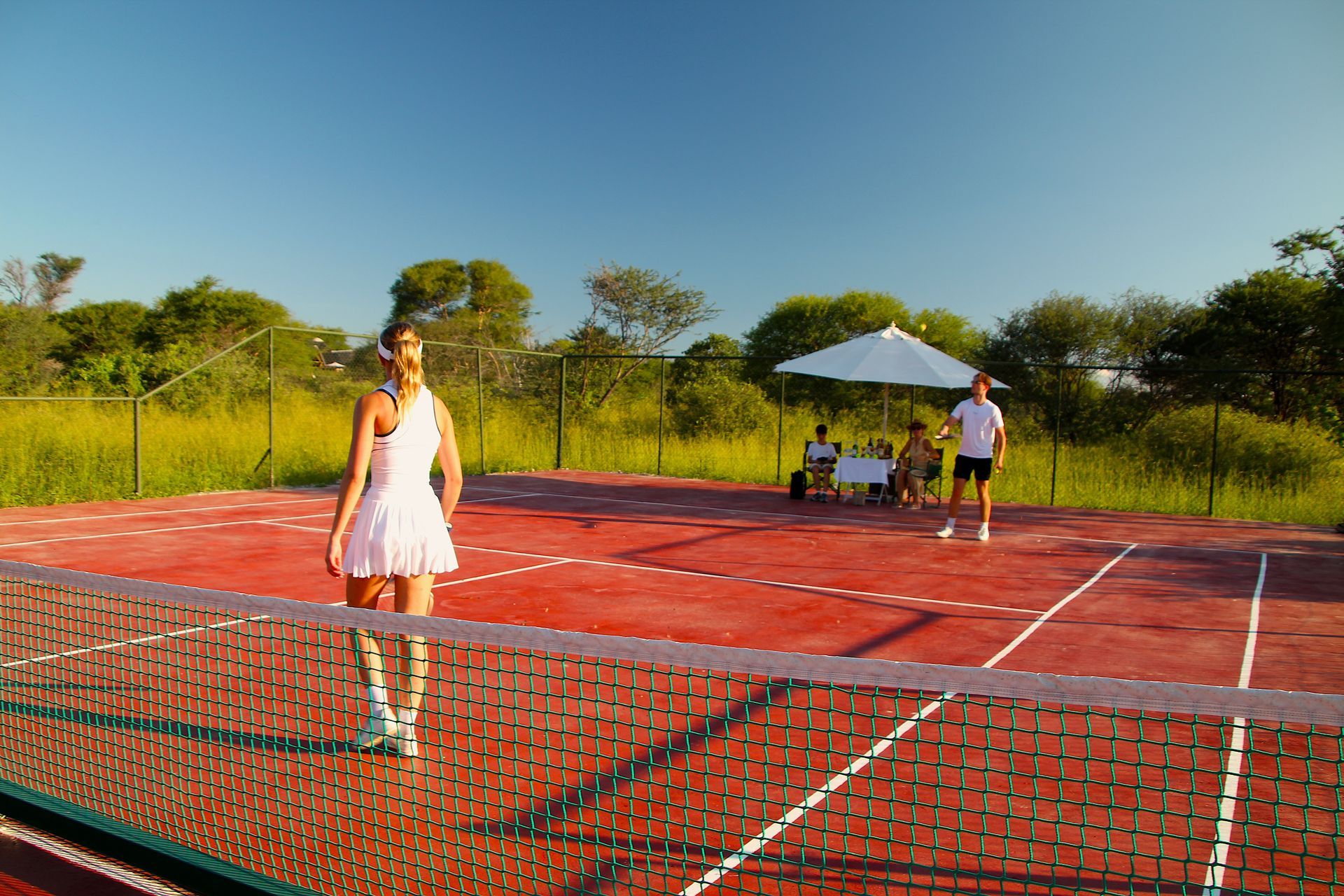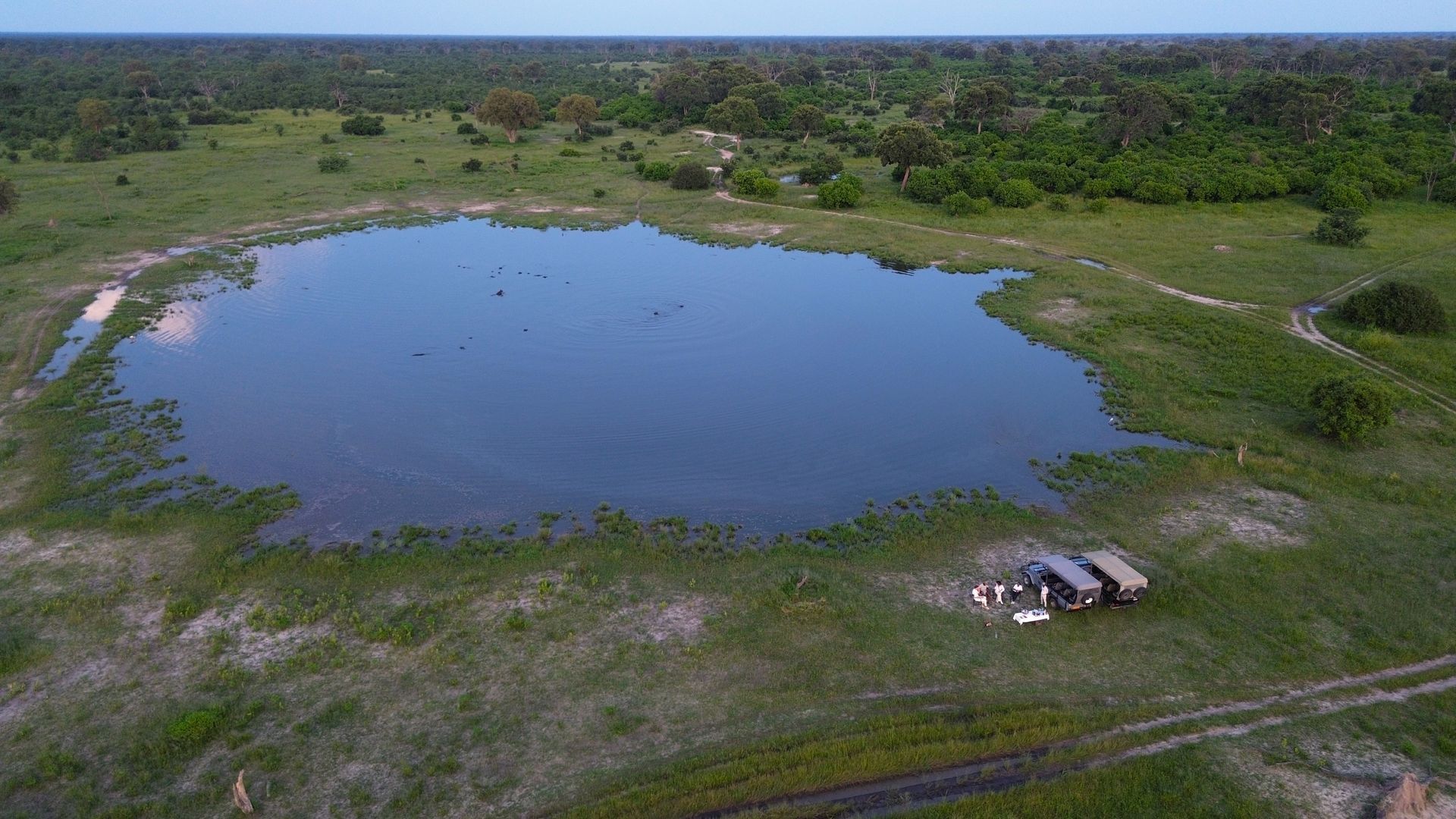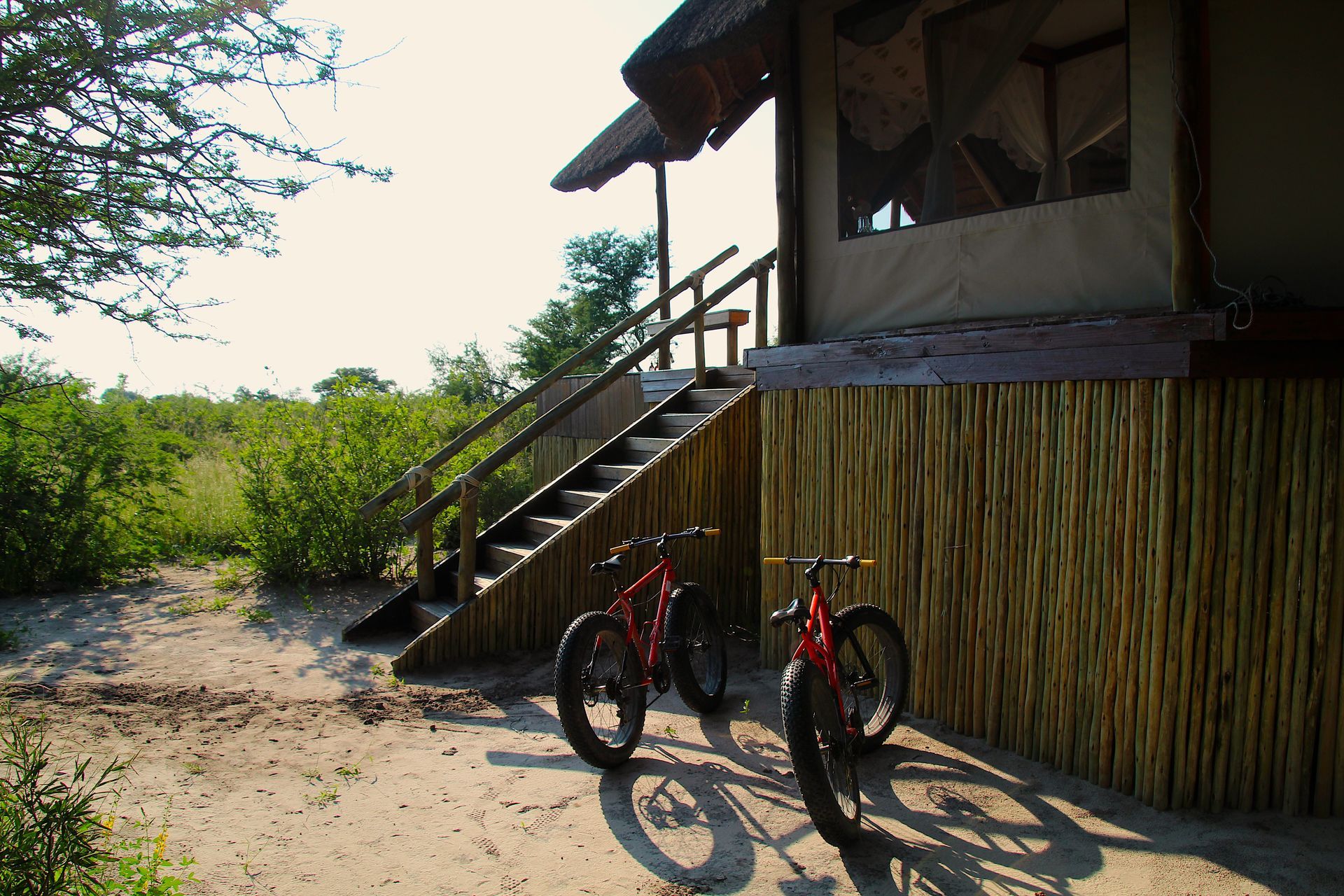The best time to visit Feline Fields...
...And why there really isn’t one!
We’re often asked when the best time to visit Feline Fields might be. It’s a reasonable question, one that suggests the person asking already senses something special waits for them out here in the wild. But it’s also a question that’s impossible to answer in the usual way – because time, at Feline Fields, behaves a little differently...
Ours are not places defined by seasons, but by the rhythm of the wilderness.
Out on the edge of the Okavango Delta, where Feline Fields Vintage Camp breathes in the scents of the Mbudi floodplain and exhales golden light across the Khwai River system, time folds in on itself. It’s not about what’s best, but what’s unfolding. And the truth is – there is always something extraordinary happening here.
In January, the rains arrive with a soft urgency, soaking the earth and waking up the bush. The air smells of new beginnings, and the floodplains begin to fill. Elephants wander through shimmering puddles. Carmine bee-eaters streak the skies like brushstrokes. The drama of nature is bold, unapologetic, and intimate.
February and March bring the fullness of the green season, when the bush is thick and vibrant. This is a time of plenty – of predators thriving and plains game calving. Lions lounge in the shade, their bellies full. Birds sing into the evening. You wake to the sound of doves and fall asleep to the hum of frogs. It’s lush, it’s alive, it’s deeply restorative.
By April and May, the air begins to dry. The grass thins just enough to offer glimpses of giraffe legs beneath acacia trees and the flick of a leopard’s tail across the riverbank. The light changes too – more amber, more deliberate. Days are warm, nights begin to cool. You take your coffee slowly, wrapped in a blanket, listening to the calls of fish eagles lifting over the water.
June through August is crisp and clear – the so-called "dry season", though that word does little justice to the wild theatre at play. With less water in the bush, wildlife gathers near the remaining channels and lagoons. This is when the game-viewing can feel utterly cinematic. Wild dogs on the hunt. Buffalo moving in great, dusty columns. The sky, cobalt and endless. The stars close enough to touch.
Come September and October, the earth begins to crack again. The sun is bold, the bush is raw. It’s a time of tension – of animals waiting, weather watching, instincts sharpening. This is nature’s high drama. And it’s intoxicating.
And then, with almost no announcement, November rains arrive once more. The scent of petrichor dances on the breeze. Frogs sing again. The land breathes. A cycle completed, and begun anew.
And then there is Feline Fields Lodge.
If Vintage Camp is about immersion – swimming in the Mbudi Channel and sleeping with only canvas between you and the wilderness – then Feline Fields Lodge is about stillness. Space. Sand and silence and soft-spoken luxury.
Here, in the heart of the Kalahari, time stretches. The world slows. And instead of the flood pulse of the Delta, the rhythm is written in wind and shadow and starlight.
In the green season from November to April the Kalahari surprises you. Rain arrives quietly and disappears just as quickly, coaxing green shoots from red sand. The bush flushes with life. Butterflies drift through camp. Everything feels gentle. A little miraculous. Unexpectedly lush.
This is the season for shade and solitude. For reading by the pool and riding at sunset. For long, lingering lunches and open-air spa treatments, for slow-paced drives where you have the landscape – and the silence – all to yourself.
From May to September, the Kalahari strips down to its essence. The mornings are clear and cold. You wrap your hands around mugs of coffee and watch the world warm. By midday, it’s sun-soaked and glowing. The bush becomes a canvas of gold and ash, and wildlife moves through it like brushstrokes. Ostrich. Brown hyena. Leopards padding across a sandy track at first light.
It’s also a time for play –tennis, fat biking, sharing a bottle of rosé by the firepit as the first stars appear. Evenings drop quickly into darkness. The Milky Way stretches overhead. And somewhere in the distance a jackal calls. This is the perfect time for a sleepout under a canopy of starlight, falling asleep to the magical mystery of the universe overhead.
October brings dust devils and dry thunder. The bush holds its breath. And then – always suddenly – the rains return, and the cycle begins again.
So, when is the best time to come to Feline Fields?
Perhaps the better question is: how do you want to feel?
Do you want to slow down and sink into the quiet rhythm of a green world waking up? Or do you want to be swept up in the raw, dry electricity of winter? Do you want birdsong and thunderstorms? Or firelit evenings and starlit walks?
The best time to come is any time... When you crave space. When you long for quiet. When you want to remember what it feels like to wake up in a place that hasn’t changed in thousands of years – and yet feels entirely your own.
Come for the silence. Come for the heat and the thunder and the echoing stillness. Come when the wild calls.
There is no best time. Just your time.
We’ll be here. Waiting.


